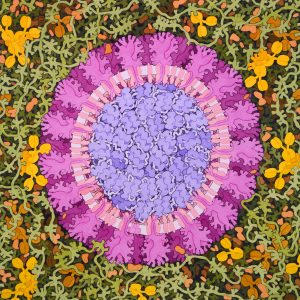It’s always great when one of the good guys is justly rewarded. The Nobel Committee put a smile on many faces this morning when it announced that Louis Brus was among the winners of this year’s Chemistry Prize. I had the great fortune to know him in the early 1990s during my postdoctoral years at the old Bell Labs. I did not work with him directly but I was in the same organization, talked to him many times over coffee and at the famed “lunch table.” Always a respected scientist, he had achieved interdisciplinary fame in the late 1980s for initiating the quantum dot work recognized today. Despite the then-accolades, he was always gracious, patient, and willing to listen. When it came time for me to leave the Labs, he reviewed my research statements, listened to my practice job-talks, and gave me excellent advice. Although postdocs had a principal collaborator/sponsor, the culture was that we were the responsibility of the institution. We could go anywhere, walk into any office, and get the attention of the top person or people in any field. That industrial lab was everything a great University wants to be and I still can’t believe I got to experience it. It was taken for granted that Louis would go to Stockholm and frankly, it is long overdue.
Youtube Channel: Nobel Prize
